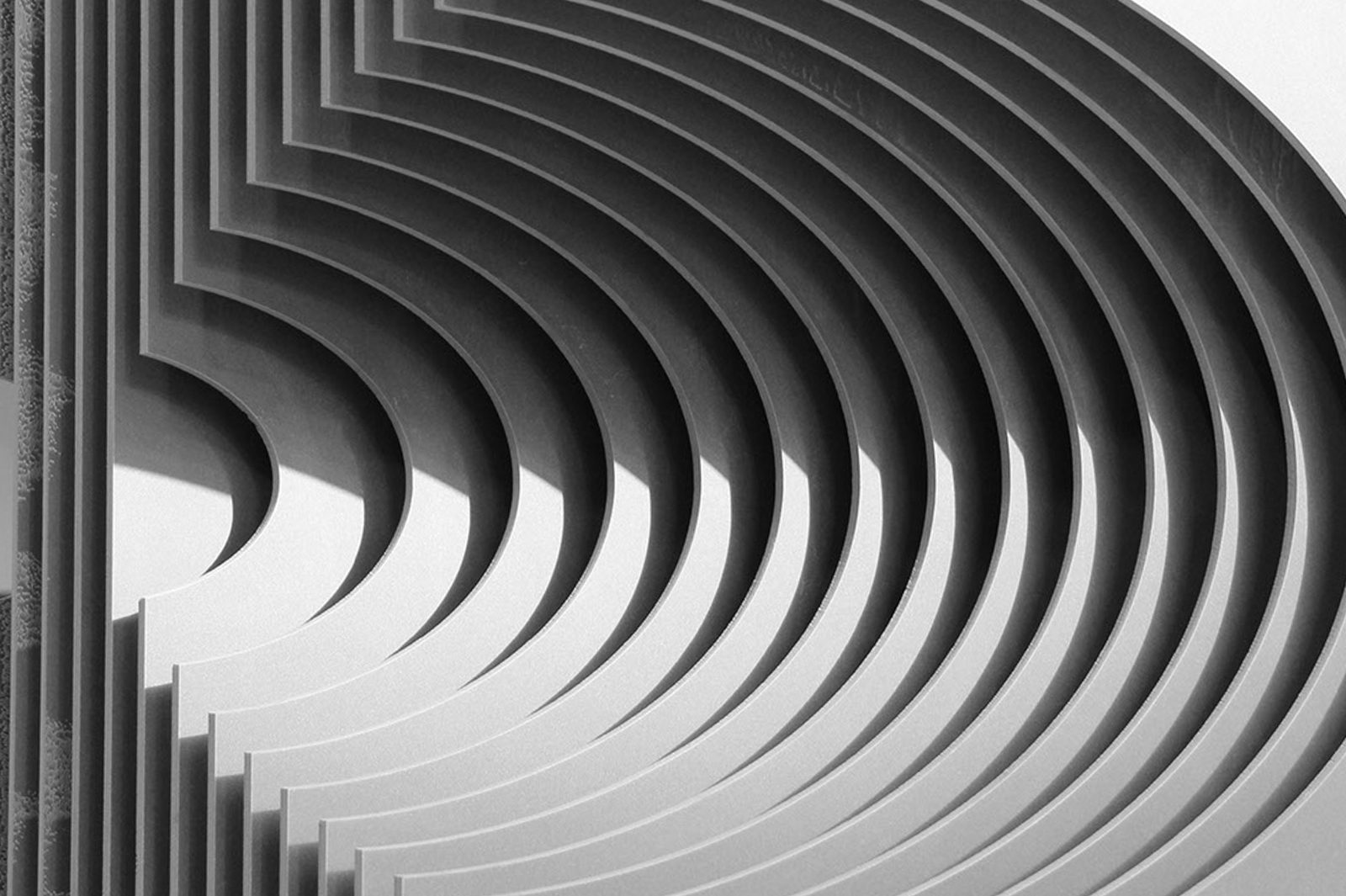ProtoCeramics is an experiment geared towards producing novel material with a special interest in tectonic performance. The project investigates the latest generation of thin, large-format ceramic tiles, which presently are largely used as interior surface finish or exterior cladding. But what if that material could be put to use in structural way? That’s the question posed by ProtoCeramics conducted by MaP+S group at Harvard University, in collaboration with ASCER and Javier Mira and Jorge Corrales from ITC.
The work led by Prof. Martin Bechthold, pursues three different material manipulations – cutting, folding, and bending – and explores the inherent opportunities of these strategies towards the production of self-supporting assemblies.
The project was exhibited at the CEVISAMA 2015 ceramic trade fair, where three large-scale prototypes were on display. Each column measured 3.6 meters (9.8 feet) tall and was made from 3mm-thick (0.12 inch-thick) ceramic tiles. To show the possibilities derived from the cutting method, the group used a CNC water jet to cut the tiles. To explore folding, the team used the flexibility afforded by the tiles’ mesh backing to create large-scale 3D geometries. Last, the team found that bending the material, a process to be seemingly antithetical to such a brittle substance, actually made it stronger through enhanced stiffness, allowing for “unexpected material formations that defy conventional expectations in ceramic design,” they write.
